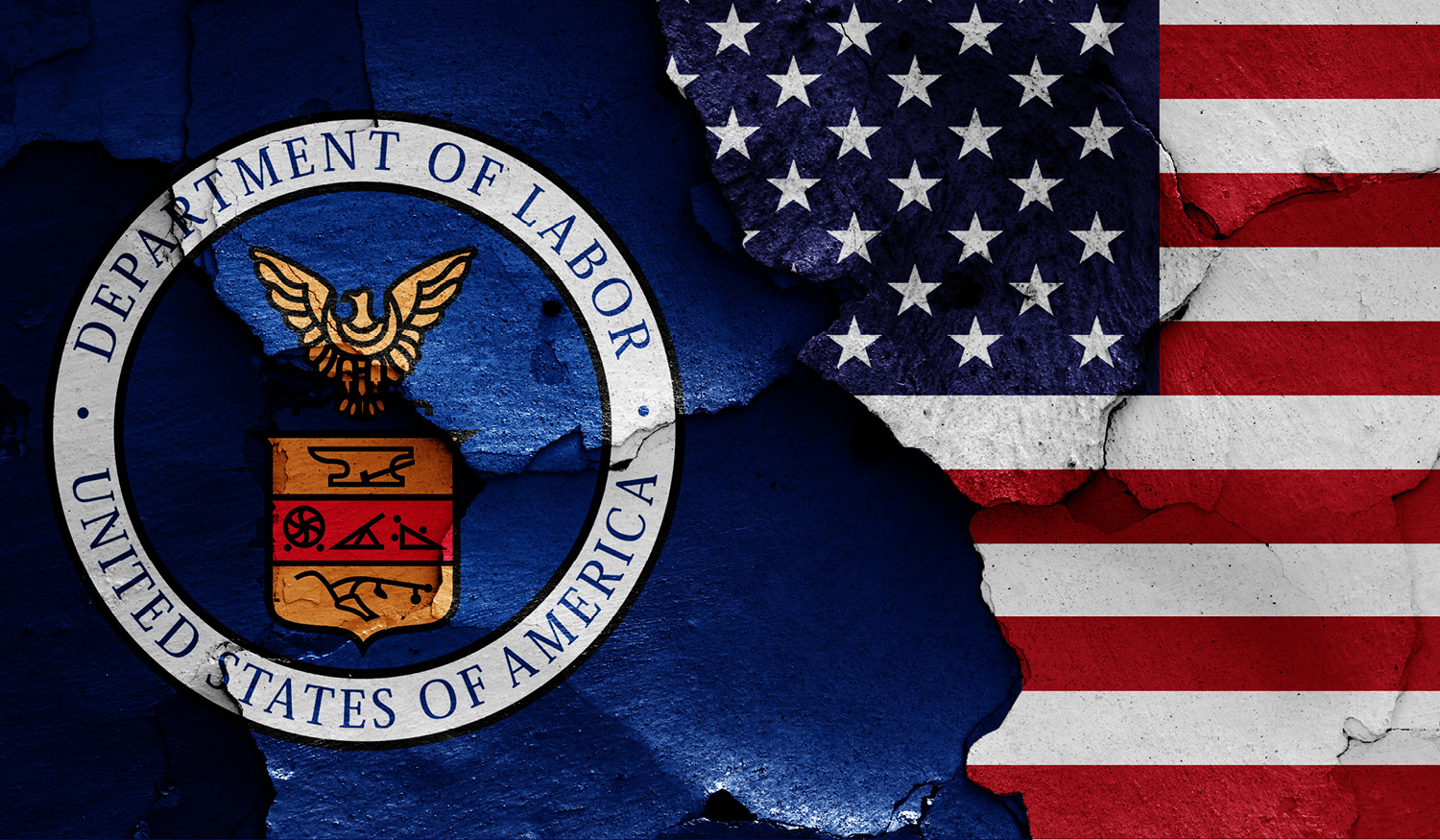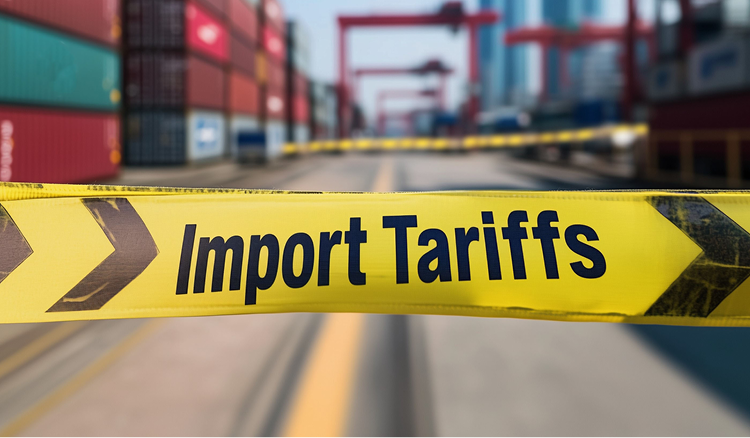Unpacking the DOL's Biden 2024 Rule, Chevron's Fate, and What Lies Ahead
On Tuesday, January 9th, the Department of Labor ("DOL") finally announced the publication of its final rule ("Biden 2024 Rule") for assessing whether a worker qualifies as an employee or an independent contractor under the Fair Labor Standards Act ("FLSA"). As a reminder, the FLSA mandates overtime and minimum wage pay, among other legal requirements. This is a long-awaited development after the DOL issued its proposed rule in October of 2022. Little changed substantively from the proposed rule to the final rule. Only a few tweaks were made despite the 55,000 comments to the proposed regulation being posted in a two-month period by individuals and organizations both in support of and in opposition to the proposed regulation. Let's delve into the changes, potential impacts if any, and what to anticipate going forward.
The Final Biden IC Rule Replaces the Trump IC Rule
The Biden Administration proposed the Independent Contractor Classification Rule in October 2022, referred to as the "Proposed 2022 Rule." This rule aimed to replace the one implemented by the Trump Administration in January 2021, known as the "Trump 2021 Rule." The Trump 2021 Rule emphasized two "core" factors: the nature and extent of control over the work and the worker's opportunity for profit or risk of loss. It also identified three "non-core" factors, which were considered less determinative.
The Proposed 2022 Rule, now known as the "2024 Rule," diverges from the core and non-core factor framework outlined in the Trump 2021 Rule. The final rule returns to a comprehensive examination of the economic reality test, where factors are not assigned predetermined weights. A significant departure is the attempt to accord greater significance to one of the three "non-core" factors: whether the work is integral to the employer's business.
The Biden 2024 Rule includes a discussion of court decisions under the FLSA in its preamble, with commentary favoring employee advocates. In contrast, the Trump Rule's commentary favored business interests in support of independent contractor status. Despite drawing on a comparable body of court decisions, the rules interpret these cases from distinct perspectives, with the 2024 Rule adopting a more pro-employee stance.
The final regulation outlines six specific factors, identical to those in the Proposed 2022 Rule, to assess the "economic reality" of the parties' relationship.
These factors include:
- The opportunity for profit or loss
- Investments by the worker and potential employer
- Degree of permanence of the work relationship
- Nature and degree of control
- Extent to which the work is integral to the potential employer’s business
- The skill and initiative of the worker
The Biden 2024 Final Rule also introduced a seventh factor called "Additional Factors," indicating whether the worker operates their own business. Following each factor, there is a description outlining how the DOL suggests courts should apply each factor. This is where the new final regulation differs from the Trump regulation in 2021, as the descriptions in the 2024 Rule are inclined toward employee status. However, the six factors themselves closely align with those frequently cited by many courts in determining worker classification based on economic realities.
The Limited Legal Significance of Biden's 2024 Rule
The Biden 2024 Rule, touted as an "employee-friendly" interpretation, may cause concern among businesses and independent contractors ("IC") seeking to maintain IC status. They may perceive a significant shift in the landscape and question the ultimate impact -- even though they shouldn't. It is essential to note that regulatory bodies do not hold ultimate authority in determining IC status; that lies with the courts. Regulations, while typically given deference by courts (more on this below), are not guaranteed such deference, especially amid frequent changes or when viewed as representing an agency's interpretation of past court decisions. Federal courts have already established a substantial body of decisions on a worker's independent contractor status under the FLSA, forming the legal foundation referenced in discussions on both the 2021 and 2024 Rules. These prior court decisions have precedential value, and regulations merely present the current administration's viewpoint.
Another factor limiting the impact of the new rule is its applicability to only one statute: the FLSA. The test for independent contractor status under the FLSA differs from the IC classification test under the Internal Revenue Code, ERISA, or the National Labor Relations Act. Additionally, each state has its own set of laws governing IC status, with various tests, only a few of which use the economic realities test under the FLSA.
Lastly, it should be noted that the DOL files a modest number of independent contractor misclassification cases each year. Many of these cases fall into the category of "low-hanging fruit" with weak defenses, likely aligning under both the Trump 2021 Rule and the Biden Administration's 2024 Rule.
What if Chevron Ends?
As mentioned above, courts may give deference to agency interpretations such as the Biden 2024 Rule. Every major federal employment agency including the DOL has relied on deference or what's referred to as Chevron deference (See Chevron USA, Inc. v. Natural Resources Defense Council). By one count, it has been cited in more than 15,000 judicial opinions. Courts rely on it reflexively, and as a result, has influenced nearly every part of federal law, including labor and employment law.
When a person wants to challenge an agency's legal view, the person must beat the agency at either step one or step two of Chevron. That is, the person has to show either that the statute is "unambiguous" or that the agency's interpretation is "unreasonable." Both are easier said than done.

Now, the U.S. Supreme Court will hear oral arguments in two cases asking whether to overturn Chevron. If overruled, agencies would have to look elsewhere for support. Rather than depending on courts' deference, they will have to defend their rules on the merits. But if Chevron is abolished, courts might be more willing to define the IC rule for themselves instead of relying on the DOL's commentary attached to the factors. In fact, Justice Brett Kavanaugh has already suggested that he’d be willing to reconsider some of the DOL's Wage and Hour Division interpretations. And in a world without Chevron, other judges might be similarly inclined.
Additional Potential Developments
In addition to the pivotal question of whether a court would accord deference to the DOL or the potential removal of deference altogether, a myriad of considerations come to the fore. Scheduled to take effect on March 11, 2024 -- 60 days post-issuance -- the Biden 2024 Rule may encounter potential legal challenges, a common occurrence for many regulations. A court could potentially enjoin the implementation of the rule either wholly or partially, similar to instances where a federal district judge in Texas notably did so in 2016 regarding the Obama administration’s overtime rule and a New York federal district judge did in 2020 concerning the Trump administration’s joint employment rule. Final rules, including the 2024 Rule, can be subject to being rescinded, altered, or delayed through subsequent actions by the issuing agency. This may involve publishing a new Notice of Proposed Rulemaking, where the agency provides a reasonable justification for the policy change. Alternatively, an Executive Order or a "regulatory freeze" directive from the White House can also bring about such changes, although these actions typically follow a shift in political control of the White House. Lastly, the ongoing lawsuit concerning the delay and withdrawal of the Trump 2021 Rule persists. This legal action has been on hold for months with the U.S. Court of Appeals for the Fifth Circuit, which temporarily suspended the case while the DOL was formulating its new rule. Now, the lawsuit is poised to recommence, possibly being remanded to the Eastern District of Texas for consideration of the new rule.
Conclusion
In conclusion, the DOL's announcement of the final rule for assessing worker classification under the FLSA marks a significant interpretation shift from the Trump 2021 Rule. The Biden administration's rule emphasizes the economic reality test, giving greater weight to whether the work is integral to the employer's business. While the Biden 2024 Rule is considered "employee-friendly," its impact is limited by its exclusive application to the FLSA. Additionally, the determination of independent contractor status ultimately lies with the courts, which may or may not defer to the DOL's interpretation.

The potential removal of Chevron deference adds another layer of uncertainty. The U.S. Supreme Court's consideration of overturning Chevron could impact how agencies, including the DOL, defend their rules. Justice Brett Kavanaugh's inclination to reconsider interpretations raises the possibility of courts defining the IC rule independently. The Biden 2024 Rule also faces potential legal challenges and may be subject to injunctions, alterations, or delays. Ongoing lawsuits, such as the one concerning the Trump 2021 Rule, add additional complexity to the regulatory landscape. So Buckle up everyone, there is much more to come.
Previous Posts
Trump 2.0 Week 9 Recap: What’s New, What’s Coming Up, and Why Agility Is More Important Than Ever
The Future of Manufacturing and Logistics
Create a free business profile today to explore our platform.






